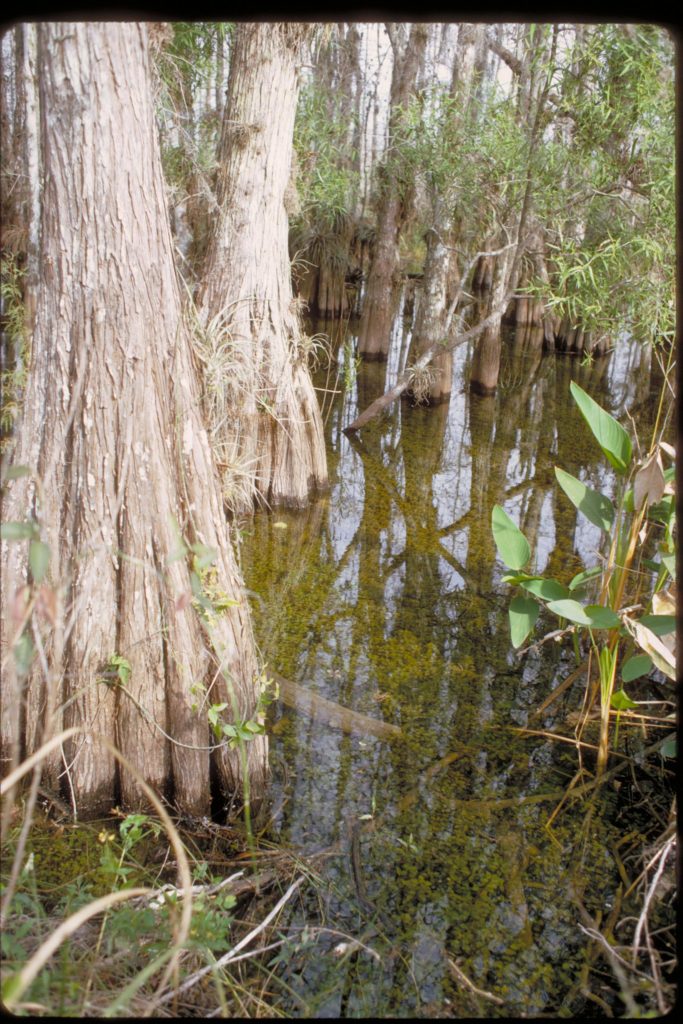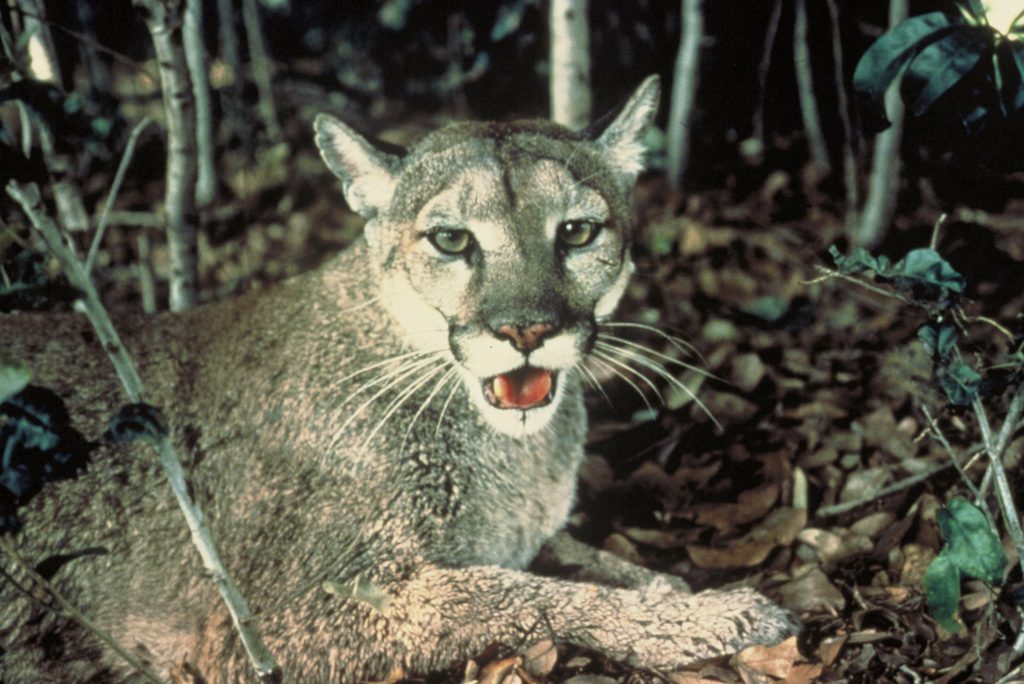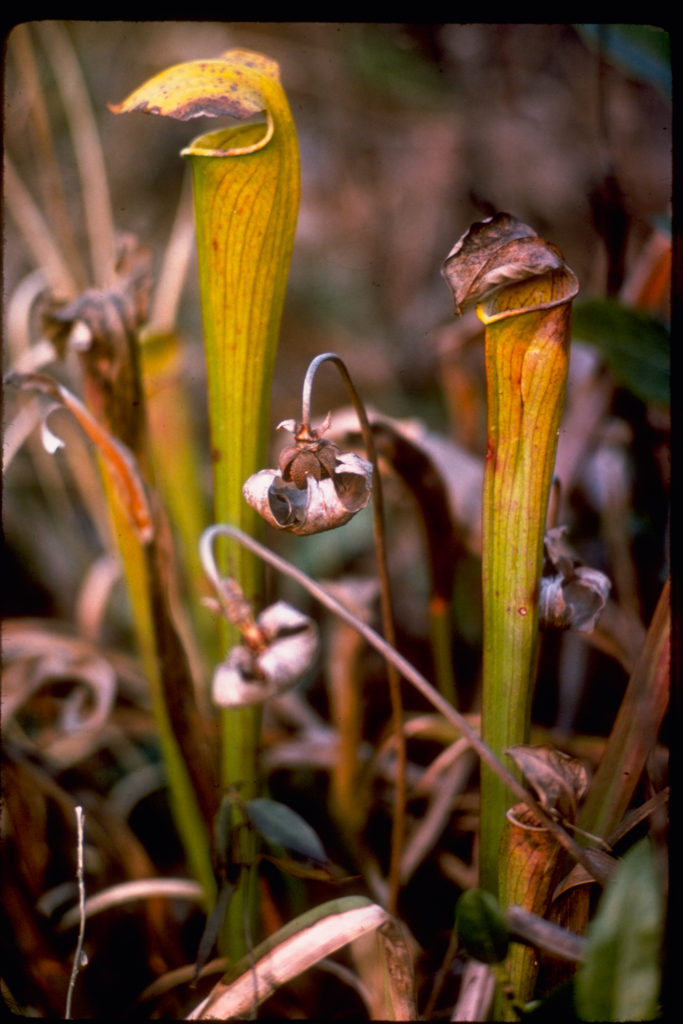This date in 1974 represents the creation of a new category of U.S. National Park Service units—the “national preserve.” Two national preserves were created on this date—the Big Cypress in southern Florida and the Big Thicket in southeastern Texas.
National preserves are much like national parks—they must be functioning ecosystems that contain outstanding natural, scenic and recreational values. While virtually no extractive activities can occur in national parks (you can’t take home a leaf or souvenir rock from a national park), some utilization of natural resources is allowed in national preserves, as long as that use doesn’t impact the fundamental values of the preserves. Which activities are allowed is specific to each preserve, but typically allow hunting, fishing and trapping and oil, gas and mineral extraction.

The U.S. has 19 named national preserves to date. Ten of the preserves are in Alaska, created to ensure protection of Alaska’s wild lands while also allowing subsistence use and mineral extraction by Native Alaskans and other residents. Most of the others are also in the western U.S. The National Park Service also lists two national “reserves,” which are essentially the same as national preserves but whose management may be delegated to the states in which they occur (specifically Idaho and Washington).
Big Cypress National Preserve is the twin region to Everglades National Park. It covers about 730,000 acres (a bit larger than Rhode Island) just north of the Everglades and serves as an essential watershed feeding freshwater into the park and adjacent estuaries. The impetus for national preserves came from the perceived need to protect Big Cypress from further development (it was the proposed site for a major airport development in the 1960s), but also continue the historical uses of the landscape—for recreation, oil and gas extraction, Native American uses and other private landownership. Consequently, the new category of “national preserves” was created to accomplish both goals.

Big Cypress is fundamentally a huge freshwater wetland that includes significant habitats of hardwood hammocks, pine savannahs, prairies, cypress swamps and tidal estuaries. The preserve hosts a wide variety of rare and endangered species, including 9 federally and 151 state protected species. The state list includes 120 plants, an indication of the exceptional diversity of the area. The park is home to the Florida panther, a critically endangered species. Nearly 800,000 visitors enjoyed the park in 2018, but in some recent years visitation topped one million.

Big Thicket National Preserve covers about 113,000 acres in southeastern Texas. The area is considered of great ecological importance as the convergence of a variety of ecosystems—swamps, deciduous forests, prairies, pine savannas and dry sandhills. The resulting biodiversity is said to be the highest in the world outside the tropics. Because of these extraordinary properties, the United Nations designated Big Thicket as a Biosphere Reserve in 1981 and the American Bird Conservancy designed the preserve as a “globally important bird area” in 2001. The Big Thicket is home to several federal and many state threatened and endangered species, including the Red-cockaded Woodpecker, Texas trailing phlox and Louisiana black bear. About 200,000 visitors enjoy the preserve annually.
The kinds of areas protected by the National Park Service vary widely, from small historical sites to sprawling western landscapes. While most of these areas are dedicated to preservation (that is, only non-consumptive uses), the national preserves are examples of sustainable use. And, as such, they illustrate “conservation” in the truest sense—using resources today in ways that don’t destroy their ability to continue providing benefits in the future.
References:
National Park Service. Big Cypress National Preserve. Available at: https://www.nps.gov/bicy/index.htm. Accessed September 30, 2019.
National Park Service. Big Thicket National Preserve. Available at: https://www.nps.gov/bith/index.htm. Accessed September 30, 2019.
